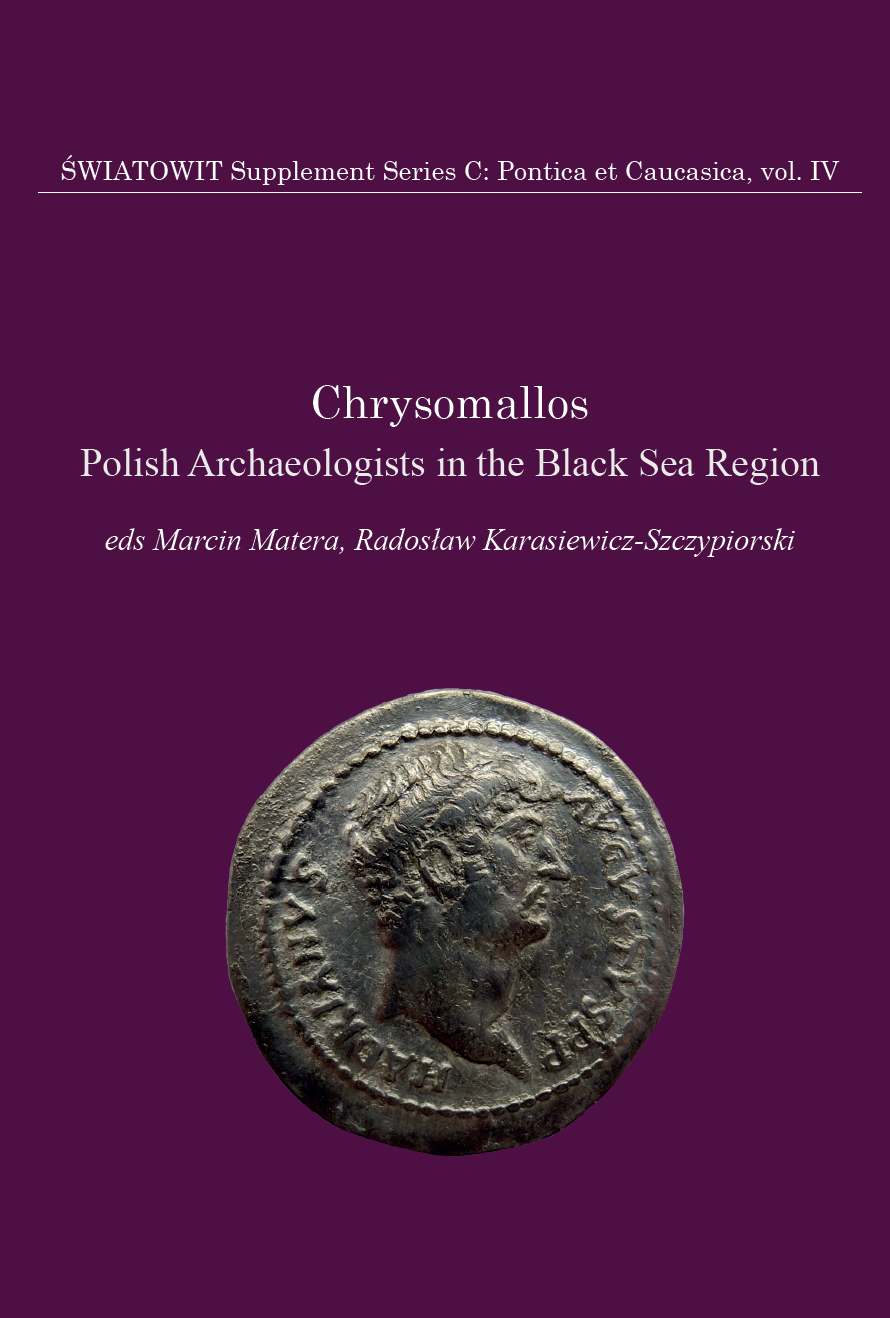The Ancient City of Zalissa (1st–4th Centuries)
The Ancient City of Zalissa (1st–4th Centuries)
The Confrontation of Empires and the Christianization of Iberia
Author(s): Davit Sulkhanishvili, Koba Koberidze, Nikoloz Chaduneli
Subject(s): Archaeology
Published by: Wydawnictwa Uniwersytetu Warszawskiego
Keywords: Iberia; Kartli; Rome; Iran; Christianisation; Dzalisi; Zalissa; Harmastica/Harmozika
Summary/Abstract: A complex of opulent late classical period archaeological remains was excavated in the early 1970s in the vicinity of the modern village Dzalisi (East Georgia). This can be interpreted as the remains of the site of ancient Zalissa one of the important political-administrative centres of the Kingdom of Iberia mentioned by Claudius Ptolemy in his Geography. From 1st century AD beginnings, this site reached the highest level of development in the 2nd–3rd centuries before ending its life in the 4th century. This paper explores some issues concerning how the functioning of the site was affected by changing political alignments between the empires of classical civilization and the Iranian sphere. It seems that the ancient city was affected by the social and political events that developed after declaring Christianity as the state religion in the Kingdom of Kartli (Iberia). It is argued that this led to internal conflict, and that this was the cause of the destruction of the Zalissa and Harmastica/Harmozika complexes in the middle of the 4th century AD.
Book: Chrysomallos
- Page Range: 117-125
- Page Count: 9
- Publication Year: 2024
- Language: English
- Content File-PDF

